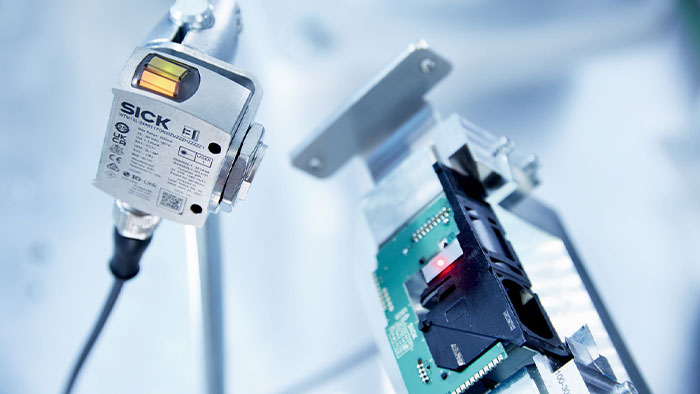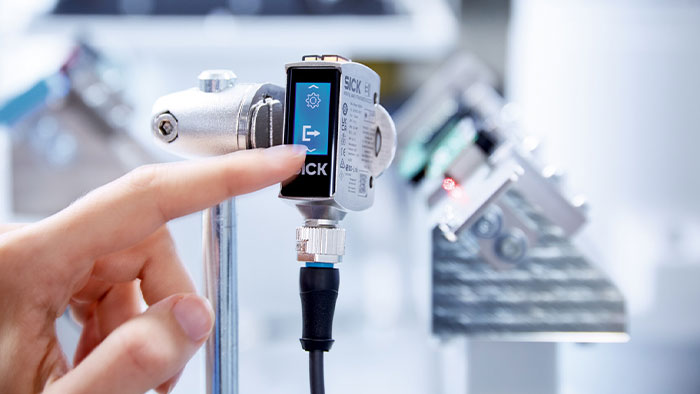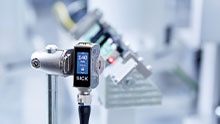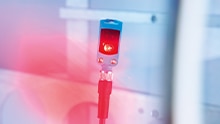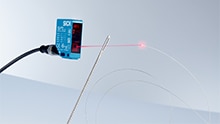When you are on the hunt for a photoelectric sensor, it can feel a bit overwhelming. There are so many different options out there, so how do you know what’s best for your application? Well, it involves the consideration of numerous factors to find the right one.
How to find the right photoelectric sensor?
Photoelectric sensors are primarily designed for object detection, presence sensing, and similar applications in industrial automation and control systems. They rely on the interruption or reflection of light to detect the presence or absence of objects.
We have broken down the steps to selecting the right photoelectric sensor for your application:
1. Understand Your Application Requirements
- Determine the type of object to detect, such as transparent, opaque, or reflective.
- Define the sensing distance required for your application.
- Consider ambient conditions where the sensor will be located, such as temperature, humidity, and potential interference.
2. Choose the Right Functional Principle and Output Type
- Photoelectric sensors come in different functional principles, including through-beam, retro-reflective, and diffuse. Through-beam sensors have a separate transmitter and receiver, retro-reflective sensors use a reflector, and proximity sensors with background suppression detect objects directly.
- Photoelectric sensors can have different output types, such as PNP or NPN. Choose the type that is compatible with your control system.
- Consider the response time of the sensor, especially if your application requires fast detection.
3. Look at Mounting Options and Voltage Supply Compatibility

- Ensure that the sensor's mounting options are suitable for your manufacturing setup.
- Check the power supply requirements of the sensor and ensure compatibility with your facility's power system.
One Sensor for All Applications
Now that you know how to find the right photoelectric sensor, we would like to introduce you to a new and innovative sensor that can be used for many manufacturing and logistics applications. This new photoelectric sensor solution is designed with user experience in mind.
The new W10 sensor boasts the title of the world's first photoelectric sensor with touchscreen user interface for sensor setup. Say goodbye to the hassle of complex configurations – this device offers a simple, intuitive, and confident setup experience.
The touch screen interface provides users with unprecedented control and ease of use, making the installation process a breeze. The touch screen display provides guidance to the user, and preconfigured set points are available for a power up and go option. No adjustable potentiometers or external buttons are permissible.

